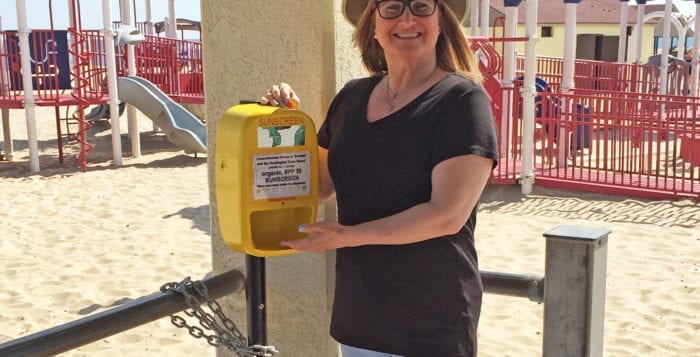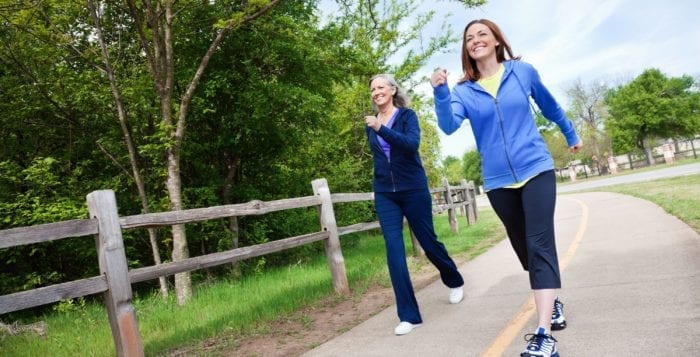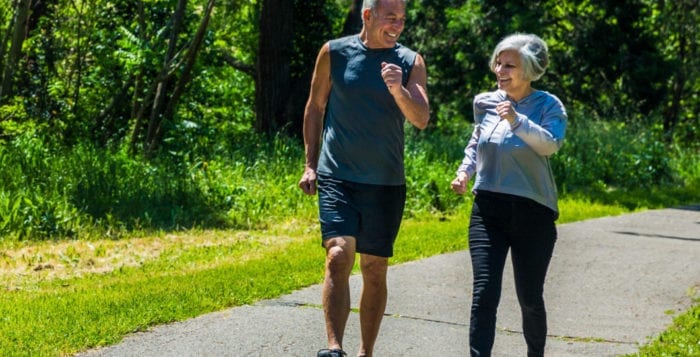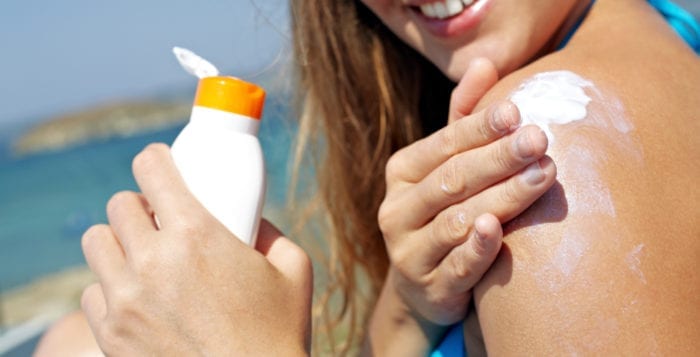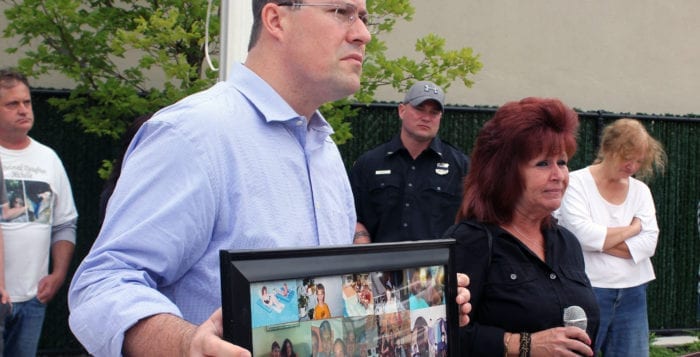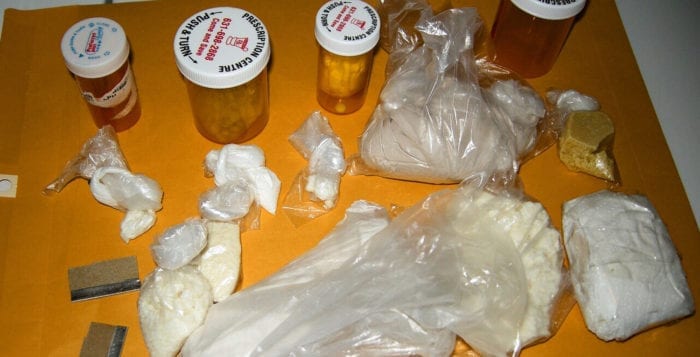A Port Jefferson institution established in 1929 is set to undergo an unprecedented change, the likes of which has never occurred during its near-90-year history. John T. Mather Memorial Hospital leadership has signed a letter of intent to join Northwell Health, New York’s largest health care provider, which has 22 hospitals under its umbrella. Prior to the agreement, Mather was one of just two Long Island hospitals unaffiliated with a larger health system. Mather’s board considered affiliation with Stony Brook University Hospital, though ultimately decided on Northwell.
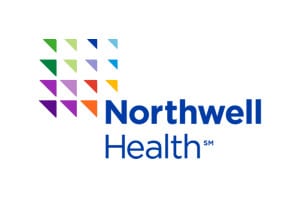
“I don’t think it’s a good decision,” State Sen. Ken LaValle (R-Port Jefferson) said in a phone interview. LaValle is a fervent supporter of the university, often publicly spotted wearing a red SBU baseball cap. “For 50 years-plus there’s been a culture in place if people needed tertiary care they would go from Mather to Stony Brook. Stony Brook will still be in place, will still offer services and people still if they choose can go to Stony Brook.”
LaValle said he didn’t know why Mather decided to go with Northwell, and members of Mather’s board declined to discuss specifics of the agreement with Northwell because discussions are ongoing. The changeover could take place as soon as prior to the end of the year.
“I would have wished that the Mather board would have been considerate of the people in their area rather than for whatever other reasons they made this decision,” LaValle said. “I don’t know whether Northwell came in with a bag of cash and that’s why they made the decision; but if they were making the decision based on the people they serve in their catchment area they would have gone with Stony Brook.”
Mather Hospital Vice President of Public Affairs Nancy Uzo, said Stony Brook was considered an option for affiliation and offered an explanation by email as to why it was ultimately spurned.
“I don’t think it’s a good decision.”
— Ken LaValle
“Our goal through this process is to ensure that our communities continue to have access to advanced, high quality care and superior satisfaction close to home and to serve the best interests of our medical staff and employees,” she said.
Mather Board of Directors Chairman Ken Jacoppi and President Ken Roberts declined to comment further through Uzo.
“Our community, employees and medical staff have a deep commitment to Mather Hospital,” Roberts said in a press release. “We chose a partner that would support our culture of caring as well as our future growth.”
Stony Brook University Senior Vice President for the Health Sciences and Dean of the School of Medicine Ken Kaushansky declined to comment on Mather’s decision via email. President Samuel L. Stanley Jr. did not respond to a direct request for comment nor through a university spokeswoman.
In 2016 the American Hospital Association released research suggesting hospital mergers like the one Mather is set to undertake result in cost savings and quality improvements. According to the research, mergers decrease costs due to economies of scale, reduced costs of capital and clinical standardization among other efficiencies. An analysis showed a 2.5 percent reduction in annual operating expenses at acquired hospitals. Other benefits include the potential to drive quality improvements through standardization of clinical protocols and investments to upgrade facilities and services at acquired hospitals, an expansion of the scope of services available to patients and improvements to existing institutional strengths to provide more comprehensive and efficient care.

Huntington Hospital joined North Shore-LIJ in 1994, which became known as Northwell Health in February 2016. After the merger is official, Mather and Huntington hospitals will be the only Northwell hospitals on the North Shore in Suffolk County.
“Mather Hospital is known for patient-centric care both in the community and throughout the industry,” Michael Dowling, Northwell’s president and CEO said in a statement. “That deeply embedded sense of purpose is the type of quality we want to represent Northwell Health, along with an excellent staff of medical professionals and physicians. Together, Mather and Northwell will play a crucial partnership role expanding world class care and innovative patient services to Suffolk County residents.”
In what some view as a related move, Stony Brook announced in a press release Aug. 1 that Southampton Hospital would become a member of the Stony Brook Medicine health system.
“Today we celebrate a unique opportunity in which academic medicine and community medicine can come together to benefit our entire region,” Stanley said. “We will continue to build on successful collaborations achieved over the past ten years, which have already brought many new programs to the East End, including a robust number of internship and residency programs at Stony Brook Southampton Hospital, and where students enrolled in graduate programs in the health sciences on the Stony Brook Southampton campus can put their training to good use as the next generation of allied health professionals to help address the shortage of providers on the east end and beyond.”
The acquisition will result in new offerings at Stony Brook including a provisional Level 3 Trauma Center, with 24-hour coverage by emergency medicine doctors and a trauma surgeon available within 30 minutes, a Hybrid Operating Room with sophisticated imaging capabilities and a new cardiology practice in Southampton with Stony Brook cardiologists, among other benefits.
LaValle declined to classify Mather’s decision as a “loss” for Stony Brook and added he expects Mather and the university to continue to enjoy a mutually beneficial relationship going forward.
“Stony Brook is close by and they will reach out and still try to encourage both local physicians and people to come to Stony Brook,” he said.
This version was edited Aug. 7 to include comments from Michael Dowling.






